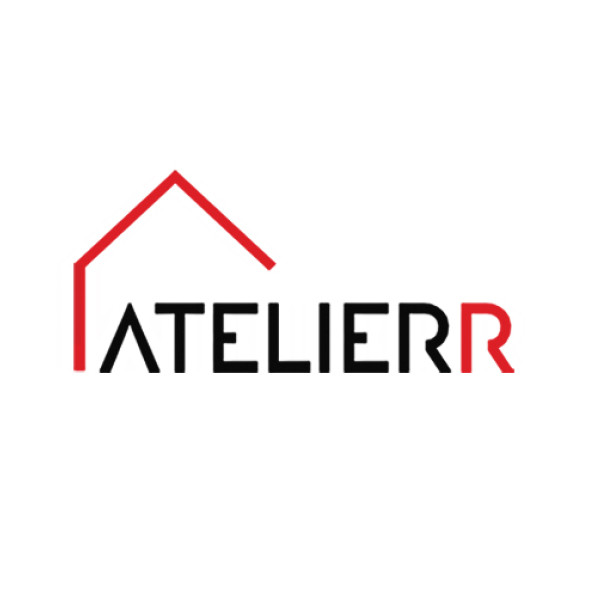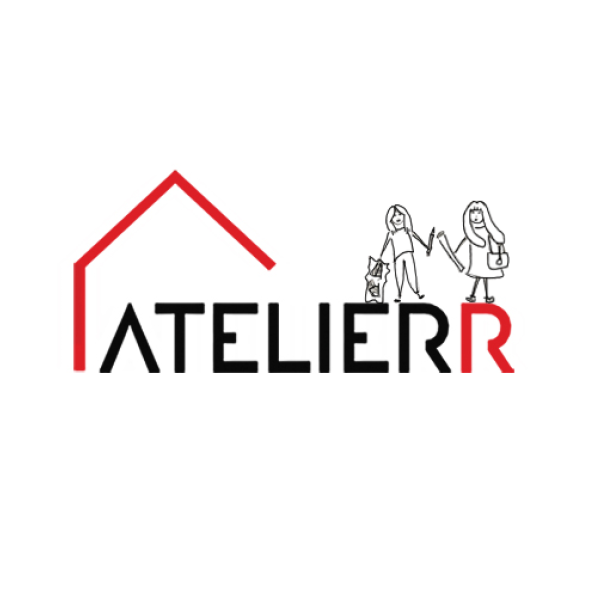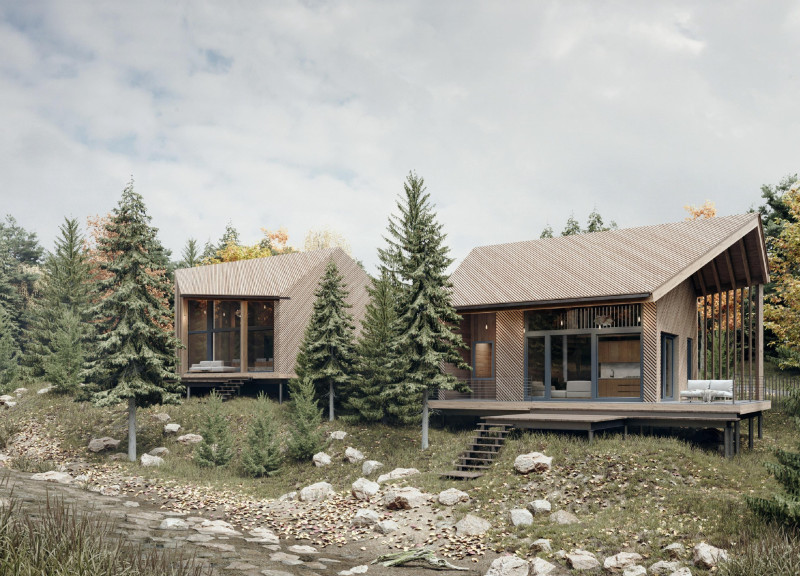5 key facts about this project
The architecture functions as a multipurpose space, designed to accommodate a variety of community activities while simultaneously serving as a tranquil retreat for reflection and gathering. Central to the design is the notion of adaptability; spaces within the project can be tailored to diverse uses, from social events to educational workshops, thereby enhancing community engagement and accessibility.
One of the most notable aspects of the project is its materiality. The architects have selected a palette that reflects both the local culture and the sustainability ethos. Materials such as locally-sourced timber, glass, concrete, and steel are employed judiciously to create an aesthetic that is both inviting and robust. The use of timber adds warmth and a sense of grounding, while the glass elements allow for an abundance of natural light, seamlessly connecting indoor spaces with the exterior environment. Concrete is utilized for its durability and functional properties, providing the project with a solid foundation that supports the overall design integrity. Steel comes into play as a structural component, ensuring reliability while allowing for innovative forms that challenge traditional architectural conventions.
Each important part of the design contributes to the overall narrative of the project. The entrance is marked by a striking facade that invites visitors in, showcasing transparency and openness through large glass panels. This design choice fosters a welcoming atmosphere and encourages interactions right from the point of entry. Internally, the layout is organized with a series of flexible spaces connected by wide corridors, allowing for ease of movement and accessibility. These corridors double as informal gathering areas, providing opportunities for spontaneous interactions, while strategically placed views capture the surrounding landscape, reinforcing the connection to nature.
Unique design approaches are evident throughout the project, particularly in the integration of natural elements. The architects have incorporated living walls and green roofs, promoting biodiversity and improving air quality, while also adding layers of visual interest. These ecological features not only enhance the aesthetic value of the building but also serve practical purposes, contributing to the overall sustainability of the design. Furthermore, passive design strategies have been employed, such as orienting window placements to optimize natural light and ventilation, minimizing reliance on artificial systems.
In examining the architectural plans, sections, and designs, it becomes clear that careful consideration has been given to the flow of space and the relationships between different functions. The architects have utilized open floor plans to enhance the sense of spaciousness, while still delineating areas for focused activities. This thoughtful spatial organization encourages versatility, allowing the building to adapt over time in response to the shifting needs of its community.
The project's overall design outcome emphasizes respect for its context and the people it serves. By embracing local materials and environmental principles, the architecture demonstrates an understanding of its place within the broader community. It stands as a testament to the possibilities of modern design, merging aesthetics with functionality while remaining cognizant of environmental responsibility.
For those interested in delving deeper into the architectural nuances of this project, a comprehensive presentation of architectural plans, sections, and specific design ideas is recommended. These elements will provide valuable insights into the ambition and thought process behind this well-executed project, revealing the layers of design consideration that elevate it within the field of contemporary architecture.


 Rozalia Balint,
Rozalia Balint,  Peter Vrasko,
Peter Vrasko,  Hajnalka Ildikó Dizseri-szilágyi
Hajnalka Ildikó Dizseri-szilágyi 




















